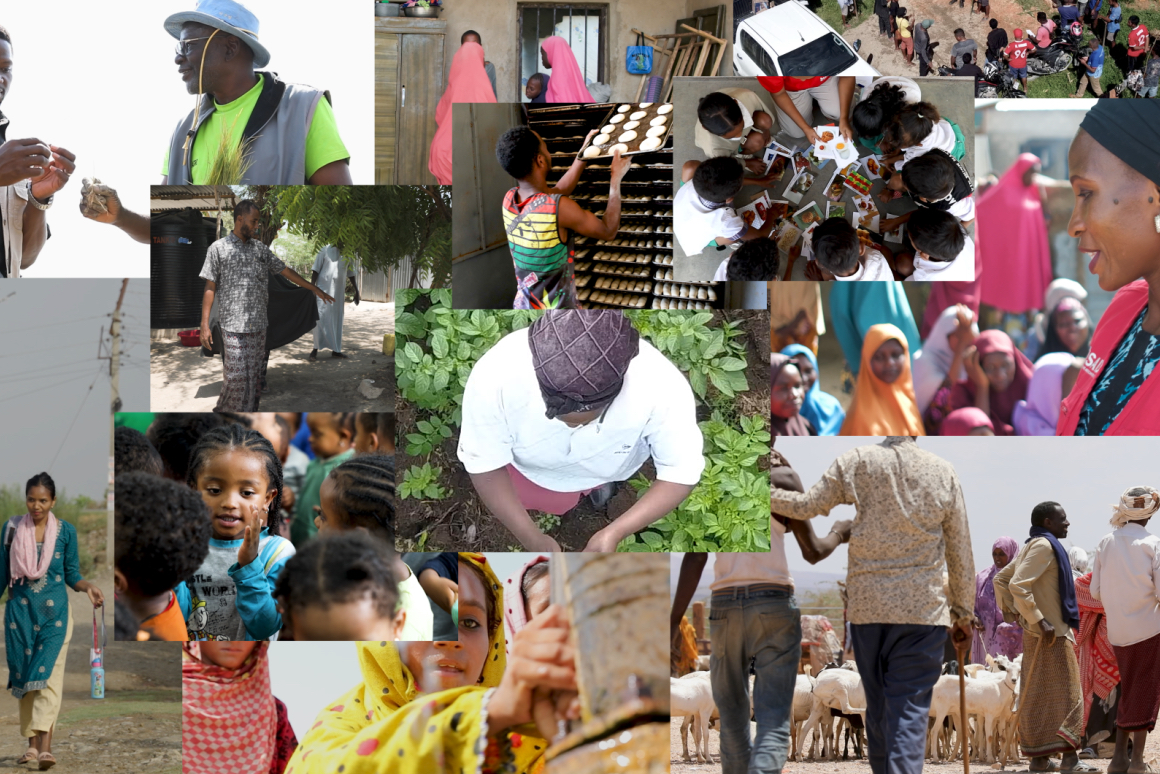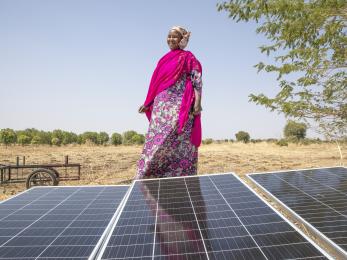Climate-proofing futures: How we're preparing young people for more extreme weather to come

More wildfires, hot days and extended droughts.
As climate change continues to exacerbate these problems, along with hunger and conflict, young people — especially those living in the world's poorest countries — will bear the brunt of the impact.
Climate change compounds already fraught situations like economic instability and refugee crises. Whether it comes in the form of unbearable heat waves, harsh winters, or extreme weather, climate change undermines humanitarian efforts and creates new challenges for organizations and communities to address.
That's why we're a part of young people’s communities, working together to address their needs today while making them more resilient for what's ahead. We can’t prevent disasters and conflicts from happening, but we can ensure that young people have the tools they need to prepare for and recover from them.
Find out how we’re partnering with young people around the world to help them cope with the effects of climate change, and learn more about how you can help.
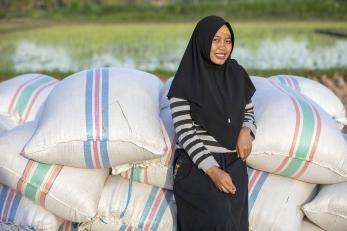
By 2050, total rainfall in Indonesia is expected to increase on average by nearly 10 percent from April through June, but decrease by 10 to 25 percent from July through September. As Ida gets older, she will need new to develop new farming techniques to help her adapt to a changing climate in order to continue making money for her family.
That’s why we're helping Ida's farmer group by providing training on effective farming practices, which will help them produce more and better crops, even as weather patterns become more unpredictable. As the treasurer of her farmer group, Ida is becoming one of the most trusted members in her community. As she gets older, she’ll continue to strengthen her community as she builds her farming and bookkeeping skills. Her leadership and expertise will be critical as weather conditions continue to deteriorate.
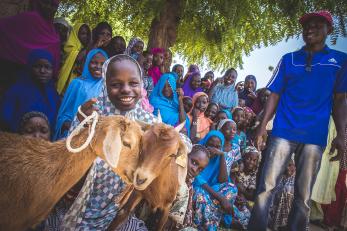
Every year, during the hunger gap, people in Niger begin to run low on food from last year’s harvest while still awaiting their upcoming harvest. These hunger gaps continue to grow in severity as climate change decreases crop yields and increases the length of time that people go hungry. Families are forced to eat only one meal per day or even less, with devastating results: More than four in 10 children under 5 years old have stunted growth. These outcomes will intensify without interventions that improve food production.
That’s where goats come in. We gave Fatsuma, 14, two goats, which she’ll keep until the goats have kids. She’ll keep the kids and then pass their mothers on to another member of her girls safe space group. That ripple effect means young people like her are more insulated from the worst of the hunger gap. Goats are a critical part of life in Niger, providing milk and a source of income in times of need. For Fatsuma and others like her, goats will also help them gain independence and develop their own livelihoods.
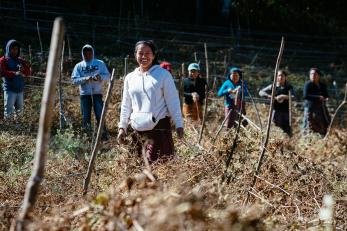
The situation is increasingly desperate. Guatemala has one of the highest rates of chronic malnutrition in the world. Many young people feel they have no choice but to migrate to Guatemala City or the United States in search of better lives. But, with the right resources and training, these youth can learn to adapt to a changing climate.
That’s what our agricultural program provides. At this test parcel in the western highlands, young Guatemalans learn and practice new agricultural techniques that increase the quality and yield of their crops, even in these new conditions. By growing enough to feed themselves and export crops for income, they are much less likely to leave their homes and families. They’re also maintaining a proud cultural tradition.

Nepal is no stranger to natural disasters. Where Sushma, 24, lives was one of the areas most affected by the 2015 earthquakes; one of them leveled her home. In the immediate aftermath, we provided emergency supplies and cash. But our Nepal recovery work has been ongoing as natural disasters like landslides and flooding continue to threaten the country.
Some scientists believe that climate change is affecting earth’s structure, triggering earthquakes and other geological disasters, which means they will happen with increasing frequency and intensity as sea levels rise and rain patterns change. Earthquakes and landslides, already a common occurrence in Nepal, will be even more frequent.
Our ongoing efforts in Nepal provide livelihood and financial literacy trainings, and family dialogue workshops, which help women and men work together to become more resilient — before and after disasters. “I didn't know much [after the earthquake], but I took the trainings, and I realized that if I work hard I can actually do something myself,” Sushma says.
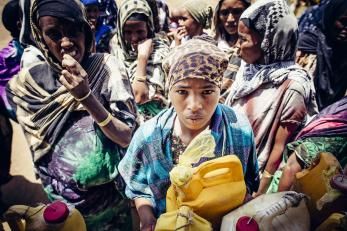
Each year, as droughts worsen and animal herds struggle to survive, people see their livelihoods diminish as they await rain that rarely comes. Families and their livestock go hungry and have no other income they can use to buy food. Yet about eight in 10 Ethiopians still depend on agriculture and livestock to earn a living. They must find new ways to adapt their trades to climate change.
That’s why we support transformative businesses like Berwako Milk Processing Factory. Each day, the factory buys milk from more than 300 families who now receive consistent income they can use to buy the things they need most. Berwako also processes camel milk, which is easier to produce during droughts since camels need little water to survive. For young people in particular, these business adaptations ensure that they can support themselves and continue their families’ pastoralist legacies for years to come.
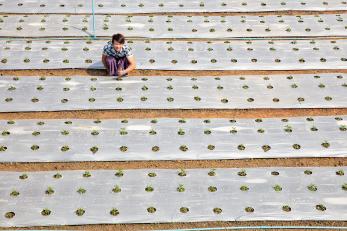
Myanmar is threatened by climate change in multiple ways: sea level rise will infringe on the low-lying country’s coastal areas, while, all over, periods of flooding will alternate with longer droughts. One in four Myanmar residents lives in poverty — those numbers will likely increase as land becomes more scarce and weather patterns more unpredictable. Farmers like Han must develop new techniques to prepare for this new reality.
That’s why Han joined Mercy Corps' agricultural program two years ago, receiving training that will soon improve his farm's productivity, such as using plastic that covers the ground beneath his crops. "Before joining Mercy Corps there were too many weeds on my farm, but they taught me techniques for preventing weeds, and how to save water and use fertilizer effectively," he says. Over the next few years, Mercy Corps will help some 30,000 farmers and entrepreneurs in Myanmar to increase their incomes and better adjust to a changing climate.

Climate change makes hurricanes stronger and more frequent, as Puerto Rico experienced with Hurricane Maria in September 2017. The hurricane left much of the island territory without electricity for days, weeks, and even months. Yamirsa, 22, moved in with her mother-in-law after the storm damaged her own home.
We provided her family with a cash card they used to buy clothes and food. Nearly one year after the hurricane hit, we’re still on the ground preparing Puerto Ricans for another hurricane season. The cycle of natural disasters can be nearly impossible to escape. “Many families are traumatized and lack proper resources to prepare for the next hurricane season, which is just around the corner,” says Karla Peña, emergency program manager for Mercy Corps in Puerto Rico.
To help Puerto Ricans better prepare, we’re transforming existing community centers into resilience hubs where community members will be able to access electricity, internet and clean water during and after emergencies.
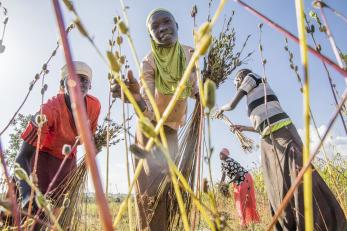
Uganda oscillates between periods of extreme flooding and extreme heat and drought, making farming an increasingly challenging livelihood. Yet most of the country relies on farming for food and income. On top of that, many South Sudanese refugees are fleeing to the neighboring country, furthering the burden of food insecurity.
We are helping more than 530,000 vulnerable people in Uganda adapt to climate extremes by improving food security, nutrition and livelihood opportunities. Ajoya, 19, is one of them. She is harvesting sesame alongside fellow members of a Mercy Corps-supported farmers group.
The group consists of Ugandans and South Sudanese men and women who work together for better crop production. South Sudanese refugees are given small plots of land, and Ugandan nationals have larger plots but very few people to work the land. Together they combine their resources and labor, forging relationships that will help them better overcome the challenges they face as droughts worsen.
